![]()
After announcing the regional winners earlier this month, World Press Photo has unveiled its 2024 global winners. Showcasing the biggest news stories in the world, the competition’s winners demonstrate the importance of photojournalism and documentary photography and the incredible lengths photographers go to tell vital stories.
World Press Photo of the Year
Photographer Mohammed Salem with Reuters captured the arresting prize-winning image in Palestine. Captured just days after his wife gave birth, Salem’s image shows Inas Abu Maamar, age 36, holding the body of her niece, Saly, five, who was killed along with her mother and sister by an Israeli missile strike near their home in Khan Younis, Gaza.
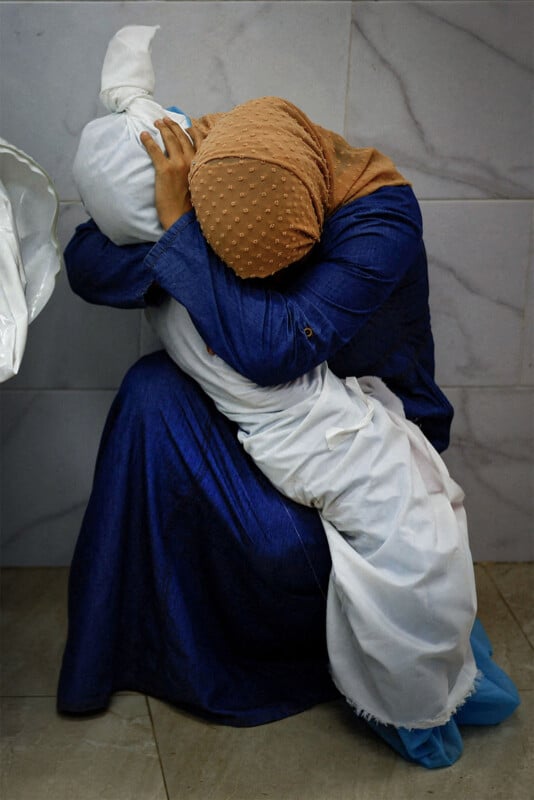
“In the photo, the woman cradles a child in her arms, balanced on her knee. It is an image that resonates, as ancient as human history,” writes Rosalba O’Brien for Reuters. “But in a grim inversion of the familiar, we see that the child she holds close is a corpse, wrapped in a shroud. It is a quiet moment of intense grief. The woman wears a headscarf and her head is bowed. We cannot see who she is nor can we learn anything about the child — not even if it is a boy or girl.”
The World Press Photo competition jury commented that the image, composed with care and respect, shows a metaphorical and literal view of intense and unimaginable loss.
Salem also won an award in the World Press Photo contest in 2010 for an image showing white phosphorous bombs exploding over the Gaza Strip.
World Press Photo Story of the Year
Lee-Ann Olwage’s winning photo story looks at dementia and the stigma surrounding it in Madagascar.
“This story tackles a universal health issue through the lens of family and care,” the contest jury says. “The selection of images are composed with warmth and tenderness reminding viewers of the love and closeness necessary in a time of war and aggression worldwide.”
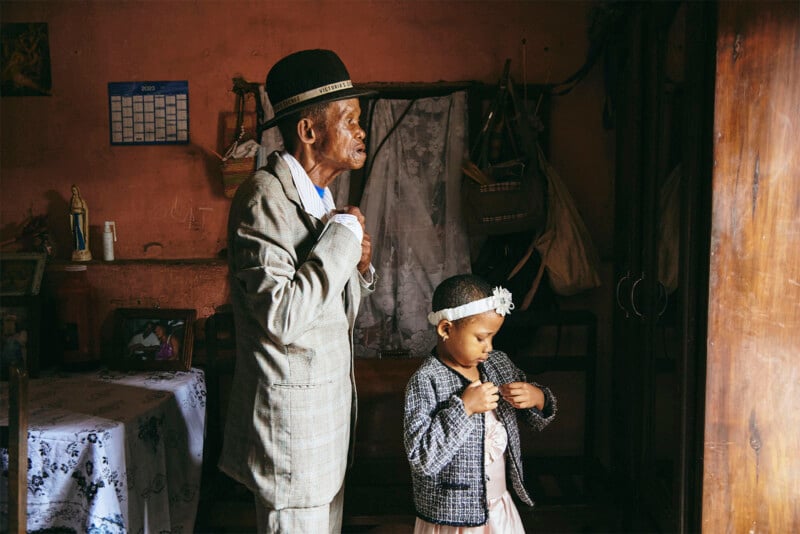
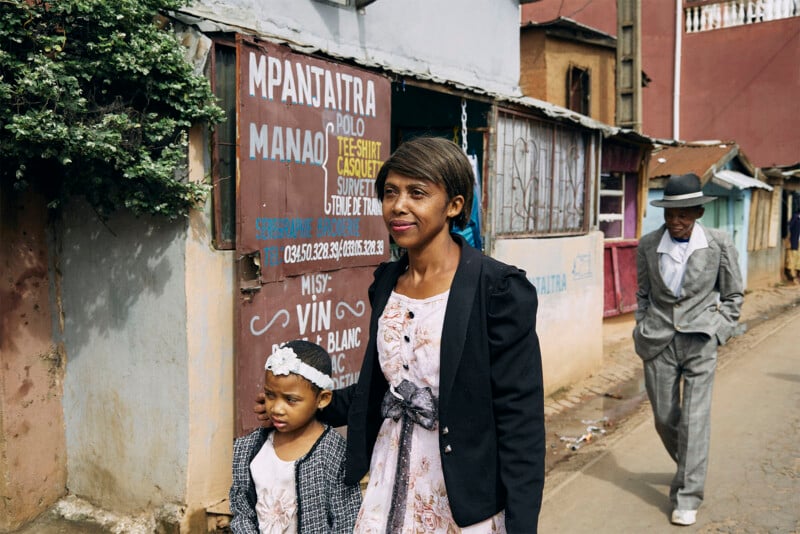
In the photo above, “Dada Paul” and his granddaughter, Odilatemix, prepare for church. Dada Paul has lived with dementia for over a decade and is cared for by his daughter, Fara.
“Valim-babena,” the title of Olwage’s series, refers to the idea of gratitude owed to one’s parents. It reflects the sentiment that a person is shaped by their parents and that the direction of care goes both ways.
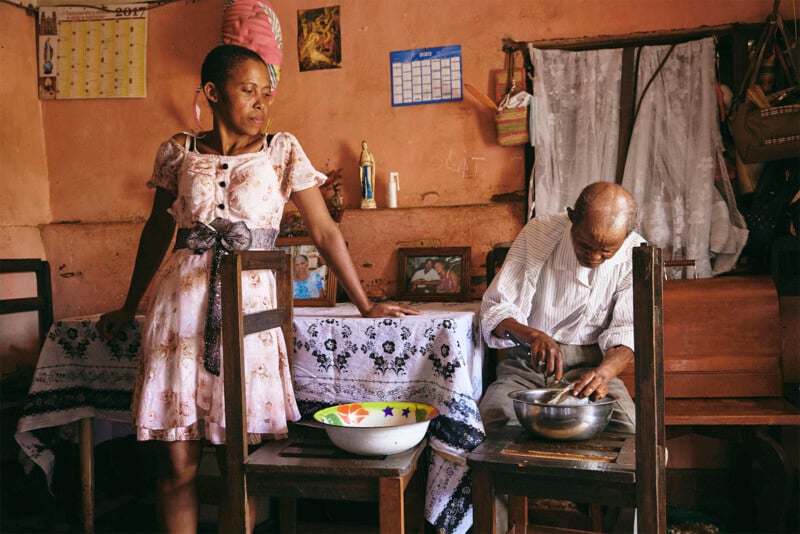
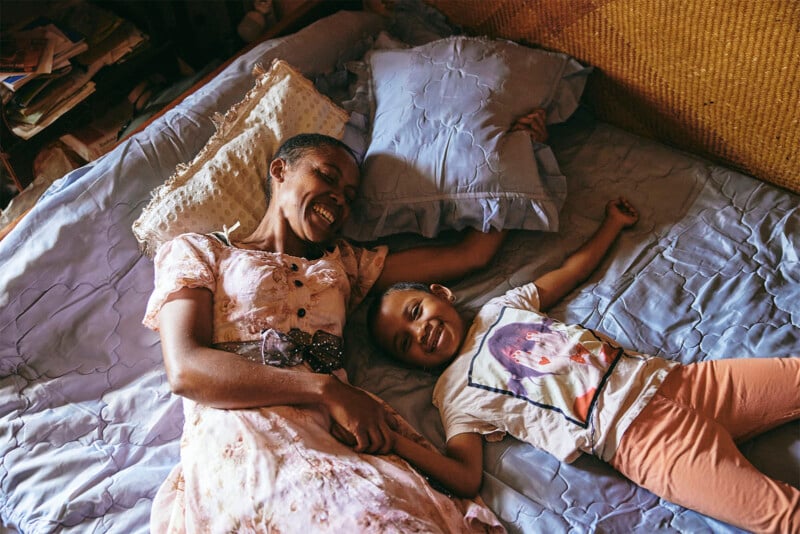
For many in Madagascar, dementia remains an ignored or misunderstood condition. There are societal hurdles to clear, and Olwage hopes to help put a face to the disease and help people overcome ideas of dementia and Alzheimer’s as the result of witchcraft or demonic possession.
World Press Photo Long-Term Project Award
Much like Olwage’s winning images are part of a larger series, Alejandro Cegarra’s photo project has been years in the making. Since 2019, Mexico’s immigration policies have experienced a seismic shift and transformed the nation from generally friendly to migrants and asylum seekers to a country with stringent immigration policies.
Inspired by his own experience emigrating from Venezuela to Mexico in 2017, Cegarra’s project, started in 2018, examines the people affected by Mexico’s changing immigration policies.

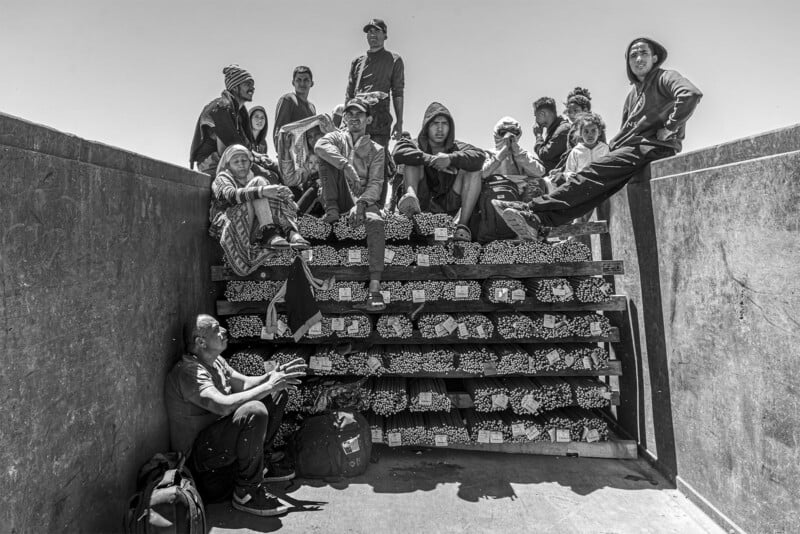
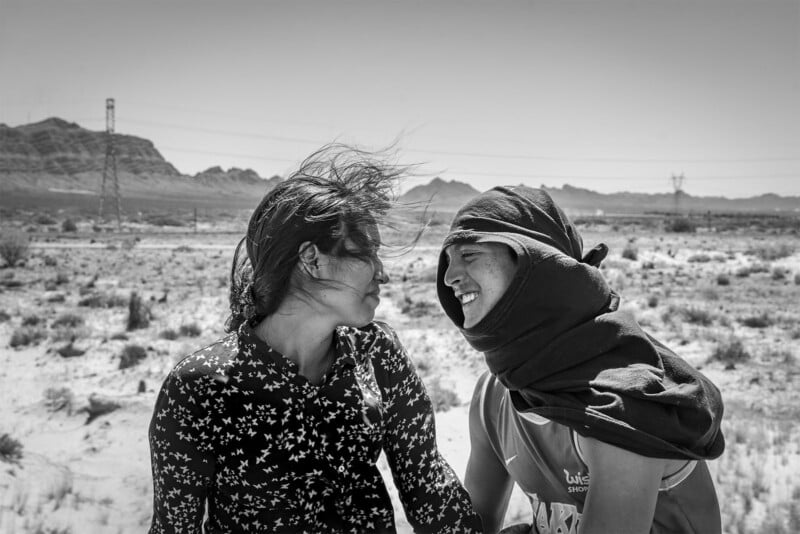
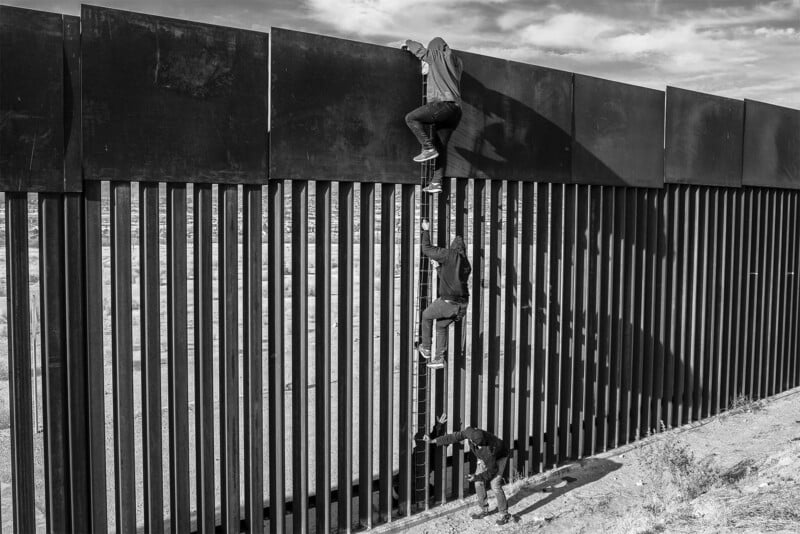
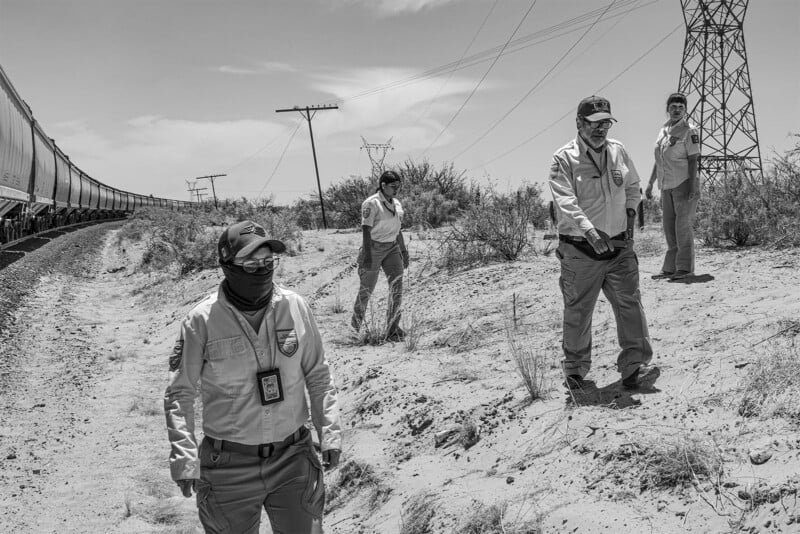
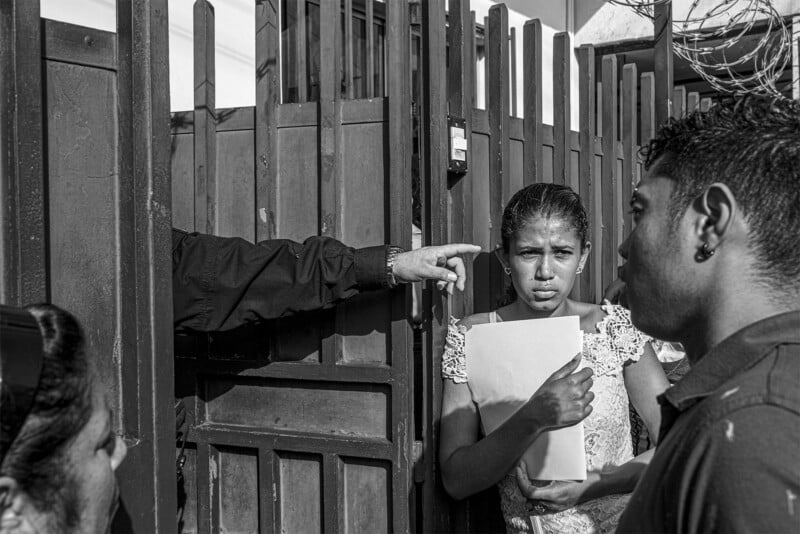
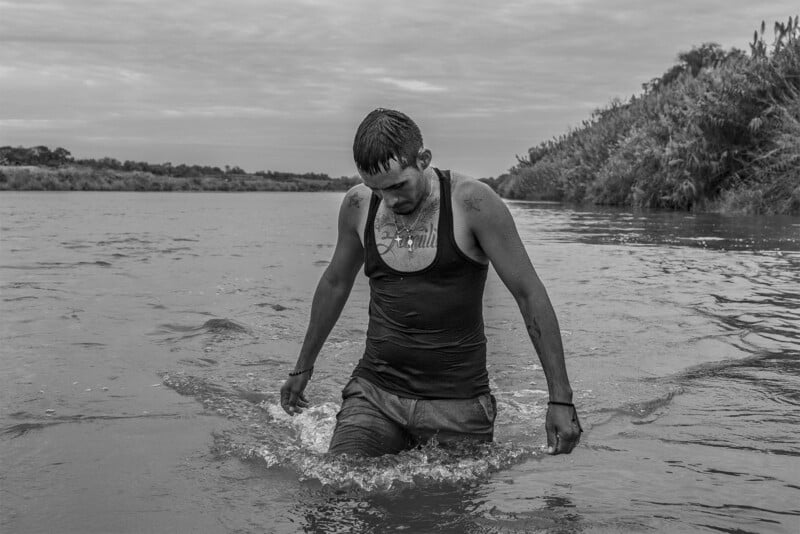
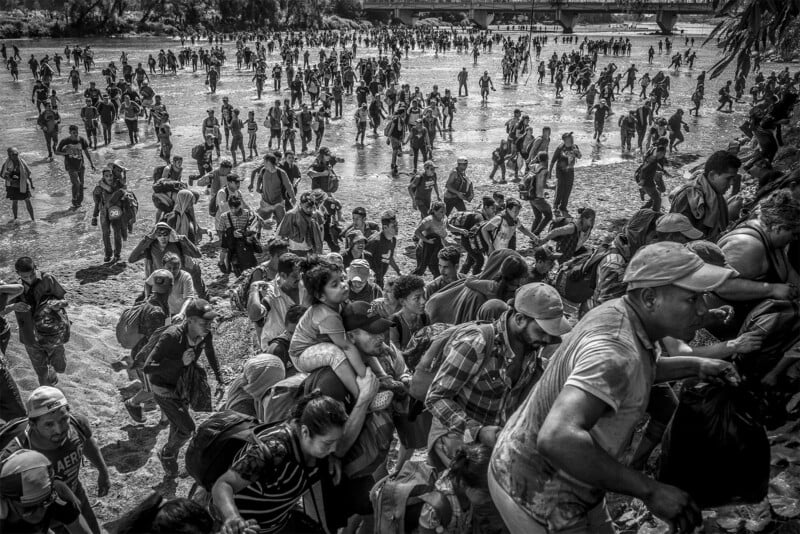
World Press Photo Open Format Award
Julia Kochetova has won this year’s Open Format Award for her clever multi-media look at the war in Ukraine. Peace is not on the horizon in Ukraine as the nation fights off the ongoing Russian invasion.
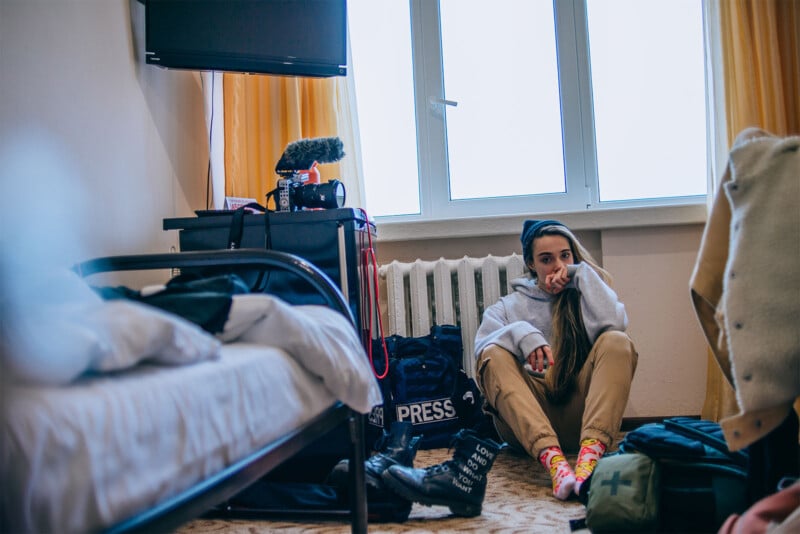
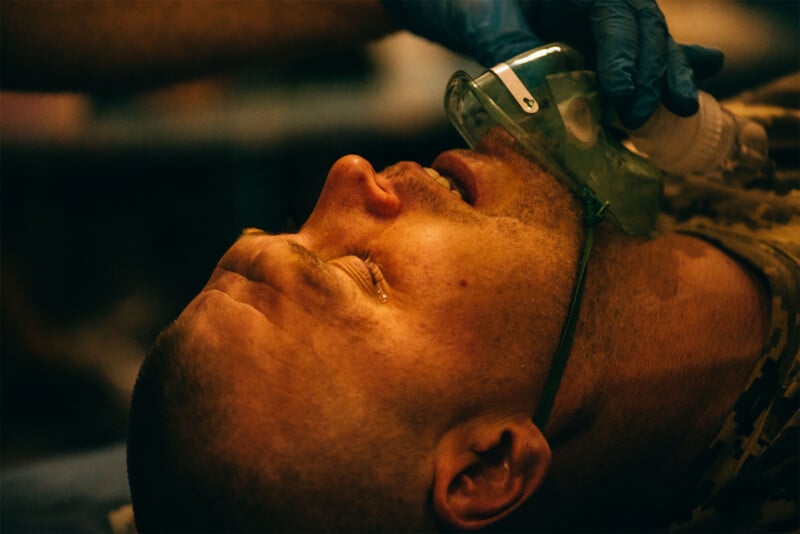
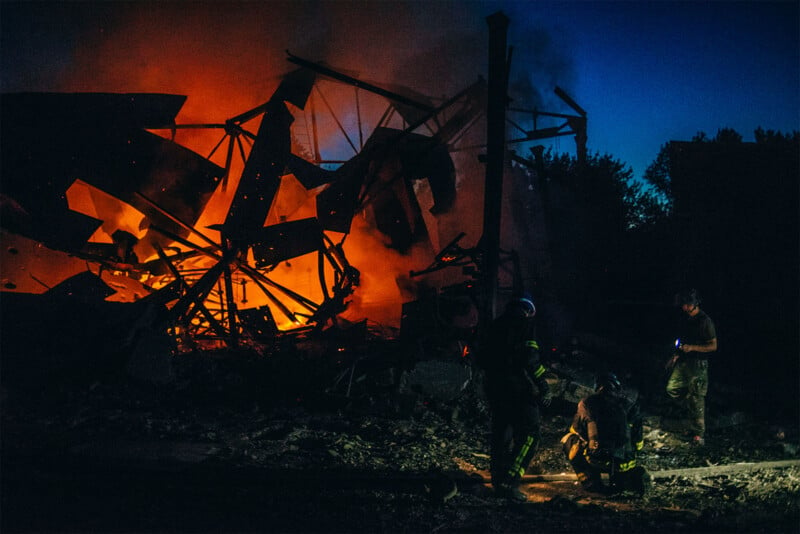
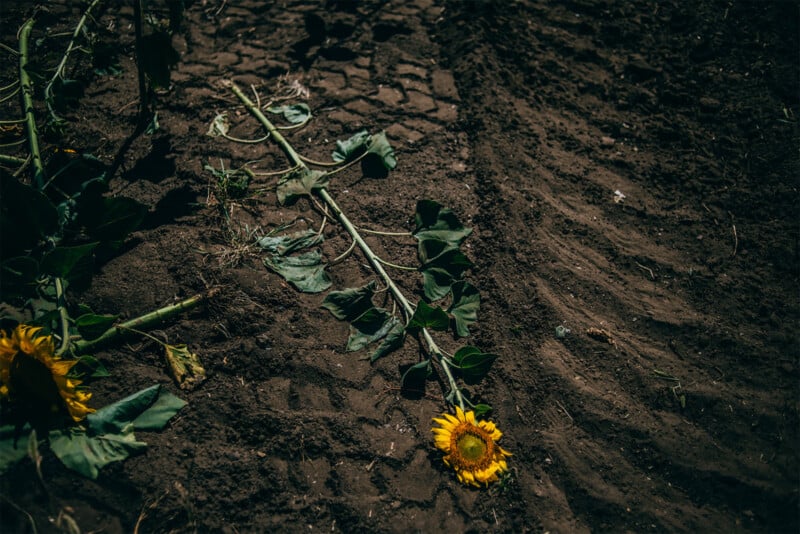
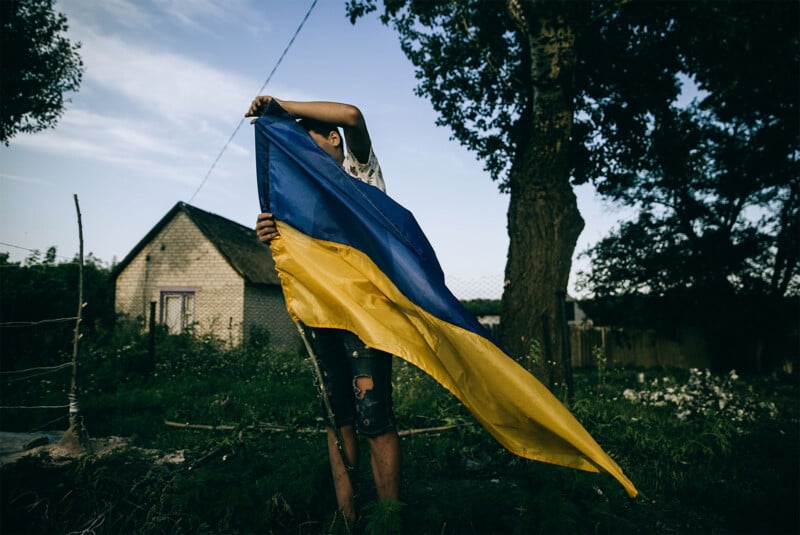
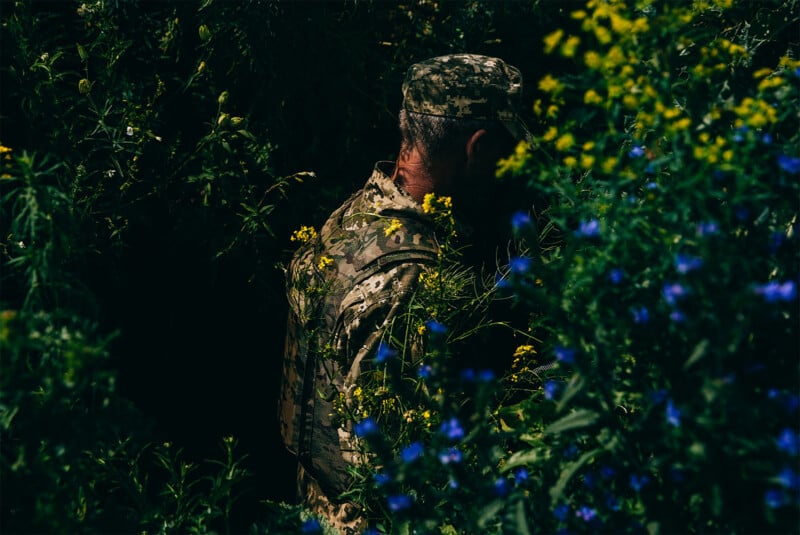
Through photos, illustrations, poetry, audio clips, and music, Kochetova examines the people impacted by the war in Ukraine. Although from the outside, the war can seem like two armies battling each other, Kochetova shows that the Ukrainian resistance is comprised of individuals—people with lives, families, hopes, and so much more.
About the World Press Photo Contest
The winning photographs featured above were selected from 61,062 entries by 3,851 photographers from 130 countries. The global winners were picked from the 24 regional winners unveiled earlier this month. The awarded stories will be exhibited in more than 60 locations worldwide.
“Each of these winning photographers is intimately and personally familiar with their topics. This helps them bring a deeper understanding to the rest of us, which hopefully leads to empathy and compassion. I am thankful for their dedication, courage, professionalism and skill,” explains the World Press Photo’s executive director, Joumana El Zein Khoury.
“The work of press and documentary photographers around the world is often done at high risk. This past year, the death toll in Gaza pushed the number of journalists killed to a near-record high. It is important to recognize the trauma they have experienced to show the world the humanitarian impact of the war.”
On that note, World Press Photo also mentions that more than 75% of the 99 journalists and media workers who died last year in the line of duty were killed in the Israel-Gaza war, which only started in October. Per the Committee to Protect Journalists, it is one of the deadliest conflicts for journalists on record.
So far this year, 95 journalists and media workers have been killed in the conflict. Of these, 90 are Palestinian, two are Israeli, and three are Lebanese.
“Work, for a news photographer, can be a dangerous place. Unlike other journalists, news photographers must be where the story is happening — which might be a war zone, a humanitarian disaster, or somewhere free and open media is not welcomed. Our regional model also brings us increasingly into contact with photographers who both work and live in places that are dangerous for journalists. Many are without proper support. We work alongside other press freedom organizations to help improve this,” explains World Press Photo.
“All of the winning images have such power to convey a specific moment, while also resonating beyond their own subject and time. This is what we were hoping to find. Our Photo of the Year truly encapsulates this sense of impact; it is incredibly moving to view and at the same time an argument for peace, which is extremely powerful when peace can sometimes feel like an unlikely fantasy,” adds global jury chair, Fiona Shields, head of photography at The Guardian.
“Many photographers are currently working in really challenging and almost unimaginable circumstances, so this year we wanted to ensure that we were applauding the complete breadth of work submitted.”
All the awarded photos are available on the World Press Photo website.
Image credits: World Press Photo / Individual photographers are credited in the image captions.
